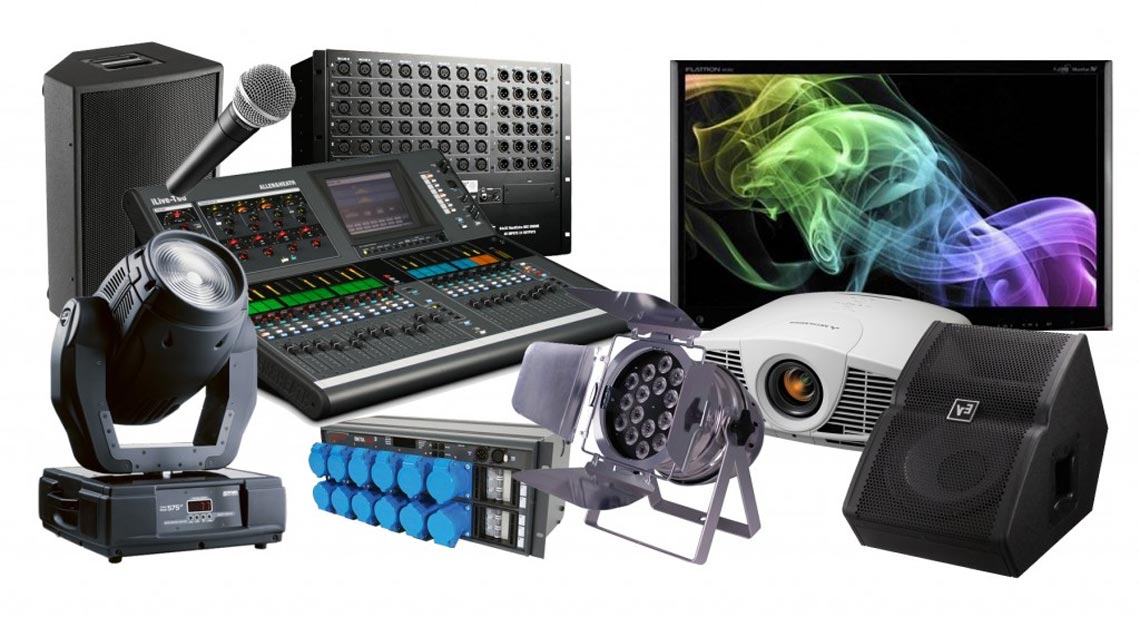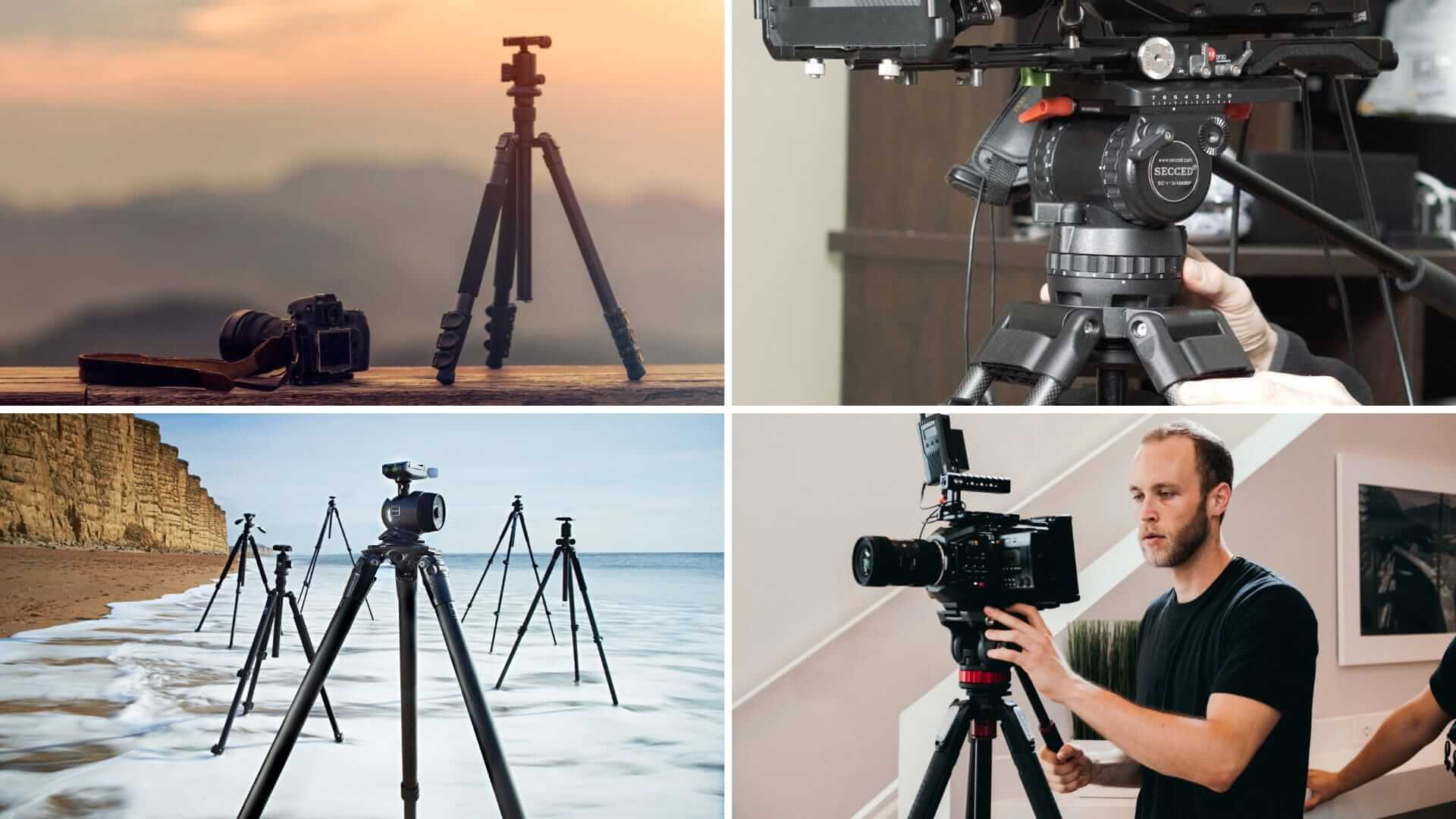Basics Of Filmmaking – Meaning, Types, Equipment, And 6 Stunning Ways To Get Started With Filmmaking
Table of Contents
Are you one who loves to tell stories? And create meaningful and captivating content. Would you love your thrilling works to be in a visual medium? You may want to consider venturing into filmmaking.
Filmmaking allows individuals to bring their ideas to life and share them with others in an entertaining and thought-provoking way.
There are several reasons why people love filmmaking. Others may love filmmaking for the technical challenges it presents. From writing a compelling script to lighting a scene and capturing the perfect shot, filmmaking requires a wide range of skills and expertise.
Film-making can be a rewarding and stimulating career for those who enjoy problem-solving and working with technology.
What Is Filmmaking?
The process of creating a motion picture is known as filmmaking or film production, which involves a series of intricate and distinct stages.
The process begins with the initial concept, idea, or commission, followed by screenwriting, casting, pre-production, shooting, sound recording, post-production, and screening of the finished product before an audience.
This process can occur globally in various economic, social, and political contexts, utilising various technologies and cinematic techniques.
While traditional filmmaking uses film, nowadays, most productions are digital. Filmmaking refers to creating an audio-visual story for commercial distribution or broadcast.
There are several types of filmmaking, including:
- Narrative Filmmaking:
Narrative filmmaking is a method of filmmaking that entails narrating a story through character development, dialogue, and narration. It consists of two elements: the actual storyline and the technique of conveying the story, which involves various filmmaking techniques like directing, cinematography, and screenwriting.
It narrates a fictional or non-fictional story or sequence of events. Typically, the narrative is organized to encompass an introduction, development, and conclusion.
Documentary filmmaking:
A documentary is a type of film that aims to capture real-life events, people, and places to educate, instruct, or preserve a historical record. It involves extensive research to gather footage, interviews, and other visuals that will be included in the film. Documentary filmmaking encompasses various formats such as feature films, docu-style TV series, micro docs, and social media content. Documentary filmmaking aims to present a compelling portrayal of reality to an audience.
This style of filmmaking endeavours to document actual events, individuals, and locations. It frequently incorporates interviews, archival footage, and voiceovers to recount a narrative or delve into a particular subject matter.
- Experimental Filmmaking:
Experimental film or avant-garde cinema is a style of filmmaking that critically reassesses established cinematic norms and delves into non-narrative forms or alternative approaches to storytelling.
Numerous experimental films, particularly those from the early days, draw connections to other artistic disciplines such as painting, dance, literature, and poetry. Some emerge from the exploration of novel technical resources.
This type of filmmaking frequently challenges conventional storytelling conventions and ventures into diverse techniques and styles to craft a distinctive and individualized encounter for the audience.
- Animation Filmmaking:
Animation refers to making still images appear as if they are moving. In traditional animation, artists draw or paint images on clear sheets of celluloid, which are then photographed and shown on film.
This type of filmmaking involves using different techniques to create animated characters and environments, including hand-drawn animation, computer-generated imagery (CGI), stop-motion animation, and other methods.
- Commercial Filmmaking:
Commercial filmmaking involves creating movies primarily intended to generate profit or promote a product, service, or brand. These films are designed to appeal to a wide audience and are created to achieve commercial success.
Commercial films usually follow traditional narrative structures to entertain, engage, and captivate viewers while generating revenue through box office ticket sales, streaming platforms, advertising, or other distribution channels.
Commercial filmmaking primarily focuses on storytelling that resonates with a broad audience and achieves financial success in the film industry.
Equipment For Filmmaking
Camera
![]()
Sound Equipment

Tripods and camera supports

Lights and reflectors

Editing tools (Computers, Storage, Editing programmes)

Getting Started With Filmmaking
Creating a film can be daunting, especially considering the high production standards of contemporary feature films. Consequently, the prospect of filmmaking may appear unattainable. However, if you aspire to make a film but lack knowledge of where to begin, here is a brief summary of what might be required to acquire filmmaking skills.
1. Develop An Idea
To start the filmmaking process, one needs a source of inspiration. Typically, movies start with a single idea or question, and many filmmakers maintain a list of ideas they have gathered. Some of these ideas make it all the way to Hollywood premieres, while others never move beyond the scriptwriting stage.
Therefore, the initial step is to generate an idea. This can be achieved by observing the world around you, reading books, watching movies, and taking note of fascinating situations or questions that come to mind. The idea you are searching for might be right in front of you.
2. Assemble A Script
Writing a screenplay requires some practice, but it is not substantially different from writing a short story or any other form of creative writing. You will need to come up with an idea for the story, characters who will move the story forward, a challenging environment for the characters, and a source of conflict or action that will drive the plot.
Scriptwriting is a continual process that will take time to perfect. You will likely need to make several revisions and drafts as you refine and clarify the central story and action.
Before you dive into writing dialogue or detailed stage directions, it is helpful to create a summary of the film’s action. This summary should include information about the characters and their experiences.
3. Create Storyboards
Storyboarding involves creating small sketches or drawings that give a rough idea of what will be shown on screen. These sketches are helpful in communicating your creative vision to other members of the production team, including producers, camera operators, and crew members.
By using storyboards, you can plan out camera angles and shots while also developing the overall look and tone of your film. If you’re not sure how to begin, you can find templates and examples of storyboarding online to use as a starting point.
4. Assemble Your Creative Team
Whether it’s a big-budget Hollywood production or a small, understated short film, every movie needs a creative team. Don’t feel overwhelmed by thinking you have to handle everything on your own. If you lack experience in a particular area, it’s best to enlist the help of crew members who can complement your skills.
While it’s great to work with people you know and trust, it’s crucial to prioritize the quality of the final product. It’s essential to be practical about the abilities of the people you bring on board, taking into account both their skillset and your budget.
5. Film Your Vision
Once you have completed the pre-production stage, filming will begin, which can be a relief. To ensure that you capture the desired shots without exhausting your film crew or performers, it’s important to plan your filming schedule meticulously.
It’s crucial to have a finalized script during filming to avoid constant rewrites or script revisions that can be frustrating for the production team. Before moving on to the next scene, ensure that you are satisfied with what you have captured in each scene. It’s typical for each scene to take hours or even days to shoot, so don’t be alarmed.
6. Bring It All Together In Post-Production.
The initial step in the post-production process is to create a rough cut. This involves selecting the best takes from your footage, based on your script and storyboards. It is a time-consuming process and often requires input from multiple creative team members.
You should collaborate with your cinematography team and other crew members to review the rough cut and make any necessary edits.
Once you have a satisfactory rough cut, you can proceed to create the final version. This involves adding elements such as music, visual effects, and transitions to bring your vision to life.
